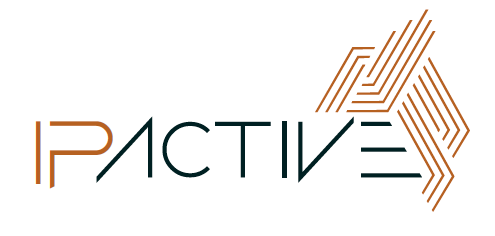IP in Research Proposals
When preparing Research proposals for project funding, inclusion of an IP Register is usually a mandatory requirement. IP Registers will identify several elements of Background IP (BIP) and Third Party IP (TPIP) that the project will use and rely on and quite often build upon to deliver the project outcomes. Identifying project outcomes are crucial to recognising the Project IP (PIP) that will be delivered by the research investment.
The IP Active Team are highly experienced at helping clients with the various stages required in compiling an IP Register.
A mixture of elements need to be considered when developing your value proposition. These may include elements such as; performance, customisation, design, price, cost reduction, newness and accessibility. Each element of the value proposition is designed to cater to the requirements of a specific customer segment and highlight the benefits that your product (or service) offers over competitors.
In a brief paragraph it should outline the benefits of your product, explain how your product solves customers problems and stress how your product is unique and better than the competition. Some value propositions may be innovative and represent a new offer, when others may be similar to existing market offers but with additional features and attributes. Whichever it may be it does not matter. What matters is whether it is directed at the consumers needs.
To often products are too focused on what companies what to sell, not what the customer actually needs. The best value proposition leaves a clear impression on: what is it, who is it for and how is it useful? If those questions are answered, you’re on the right path to success.

Case Study
First examine the Project’s proposed outcomes for the investment aim or focus.
By understanding the project’s methodology, identify items of BIP and TPIP that contribute to the project’s aim.
** Note BIP is owned by project collaborators while TPIP is owned by external providers.
Investigate ownership and any issues with using the BIP and TPIP such as Freedom to Use and any Restrictions on use such as confidentiality. Consider access rights to data and data use.
Identify Project IP which is created, generated or developed as a result of conducting the project. In a broad context Project IP is anything which results from intellectual activity. This could include improvements to BIP.
Understand final ownership of Project IP. Ownership IP rights give the owners the right to control or manage the IP item.
Know and understand the project Research Agreement and how this affects the rights to own and control Project IP. An agreement can determine the percentage ownership of the Project IP with the collaborators splitting the ownership in a proportion listed in the contracted agreement. Contribution of BIP and TPIP needs to be considered when assigning ownership percentage.
For Project IP identified as having commercial benefit, an IP protection strategy needs to be developed. Consideration of confidentiality and publication rights is also addressed.
The IP Active Team are highly experienced at helping clients with the various stages required in compiling an IP Register. If you have a project that has or will potentially produce valuable IP talk to the team at IP Active about a review of the project and contractural arrangements to ensure all Project IP has been identified and ownership is clearly defined and understood.
Book a time
IP Active is experienced in managing IP and reviewing projects containing valuable Project IP.
If you would like a review of a current or proposed project to ensure all IP hs been identified and ownership of IP is clearly understood, contact us today to arrange a time for an initial discussion.
IP Active © 2009 – 2019 | Designed by Cherie
